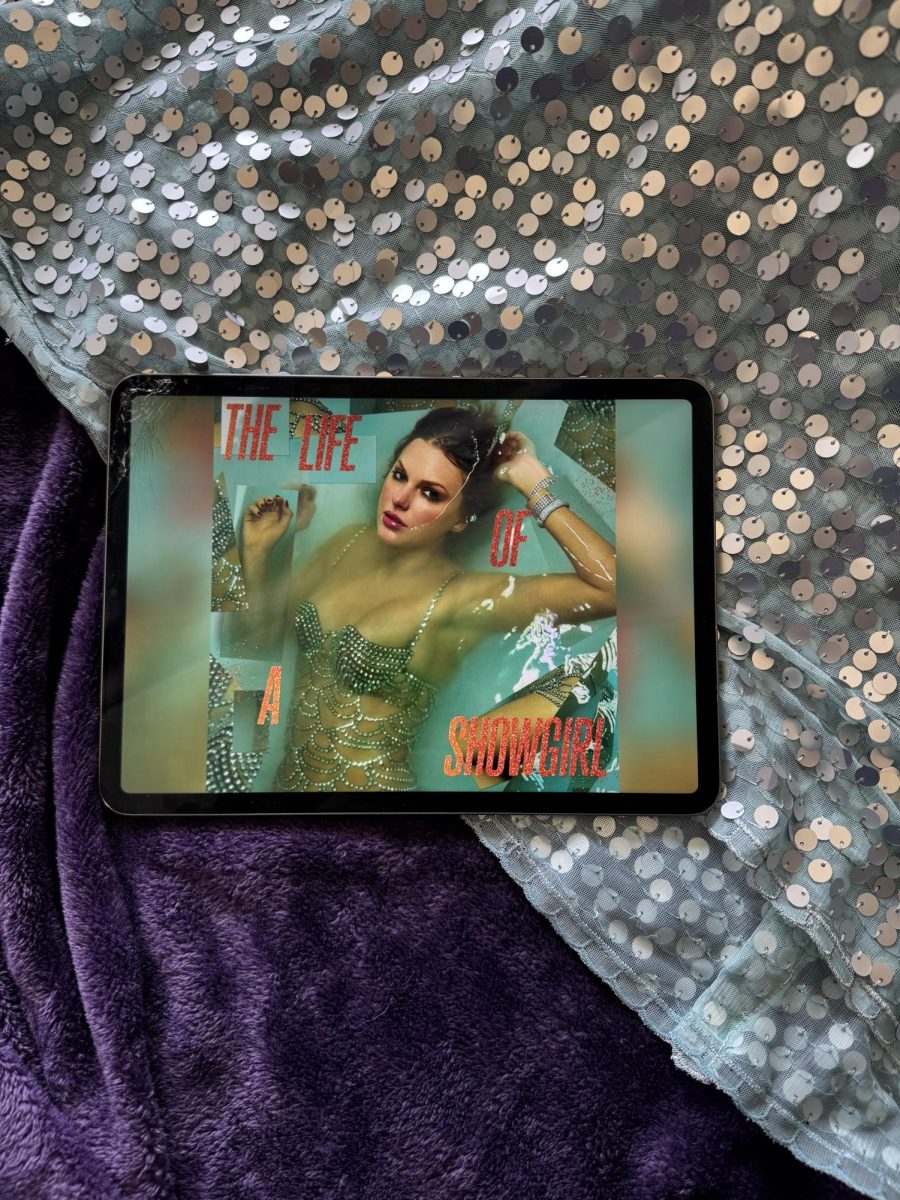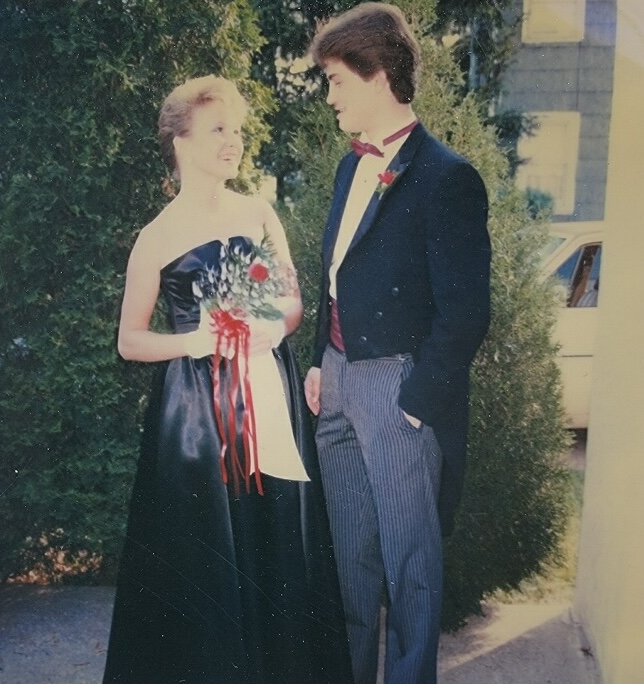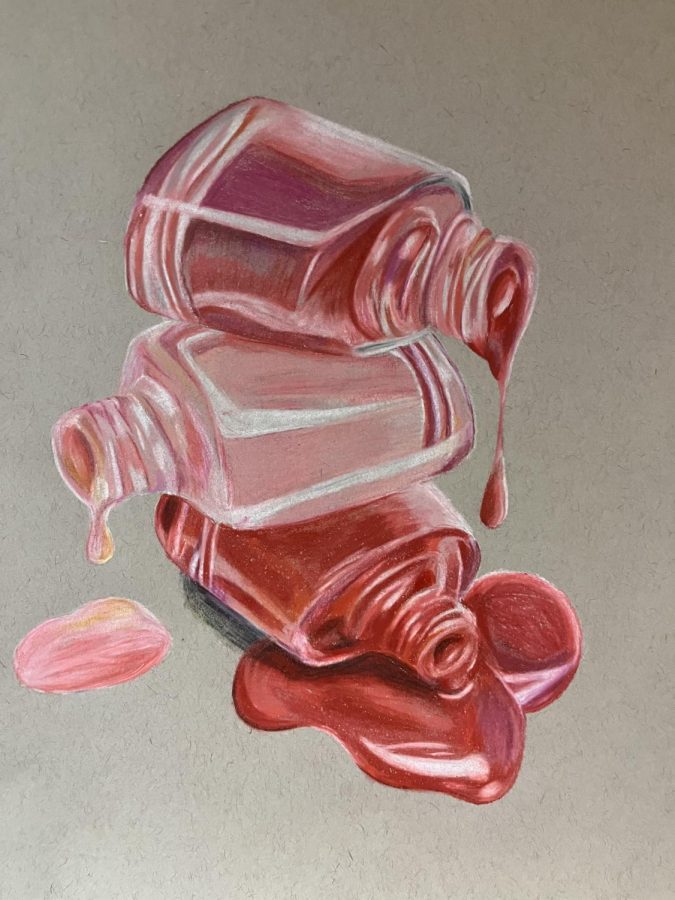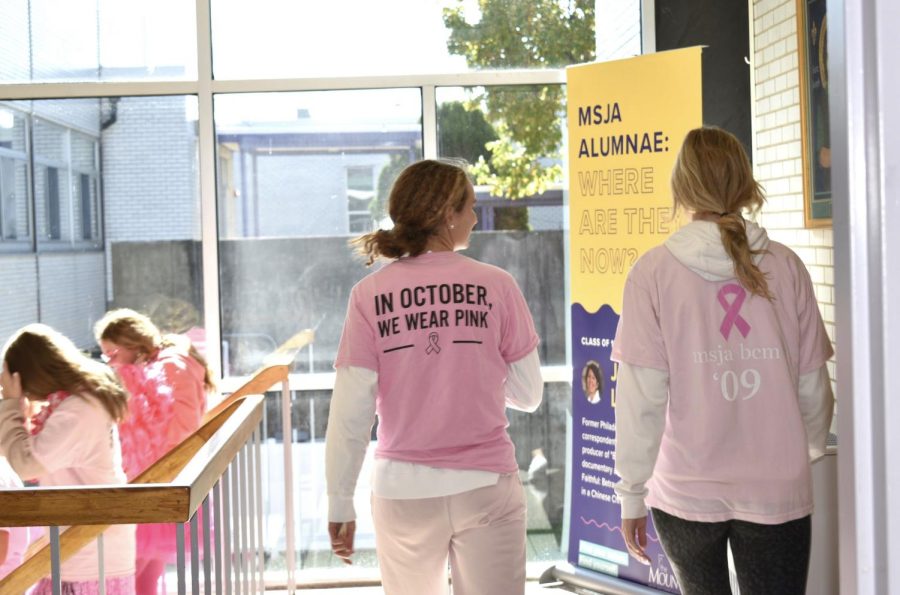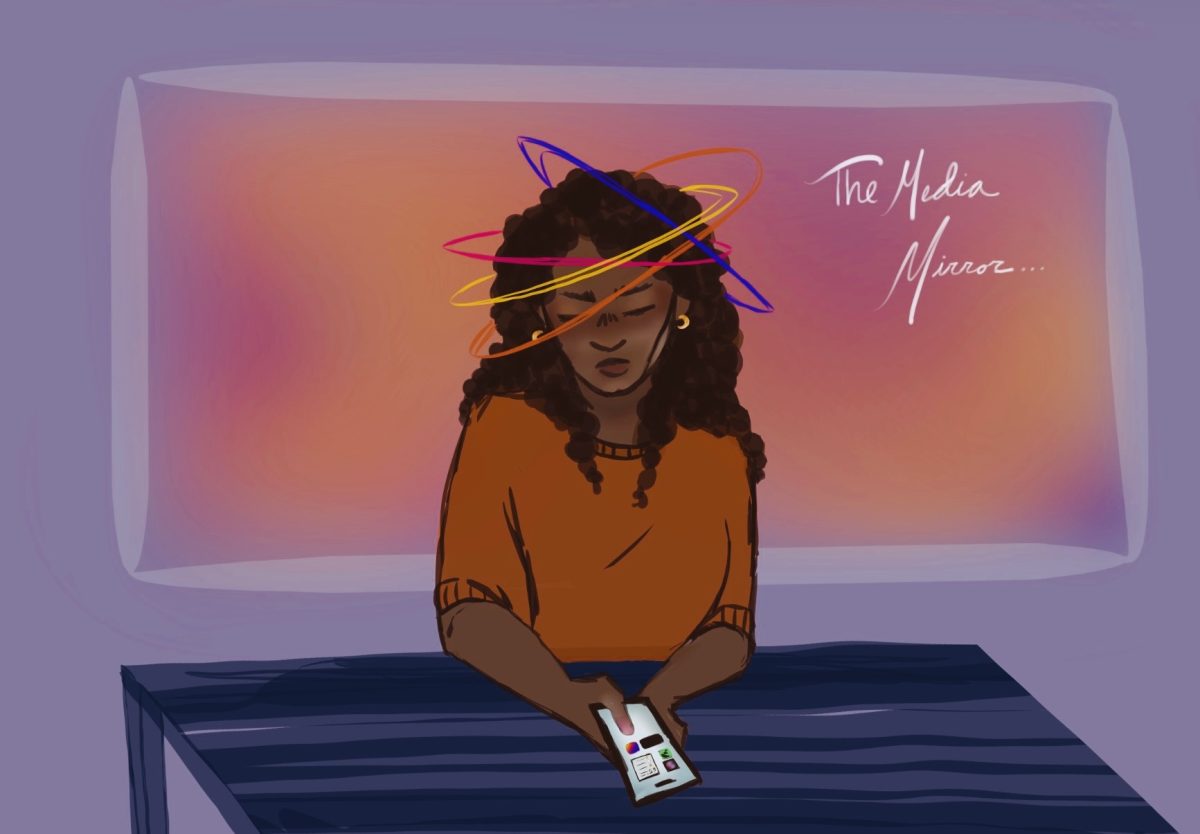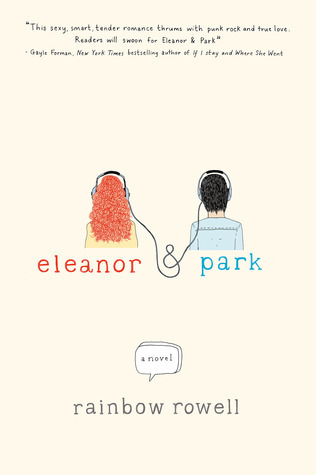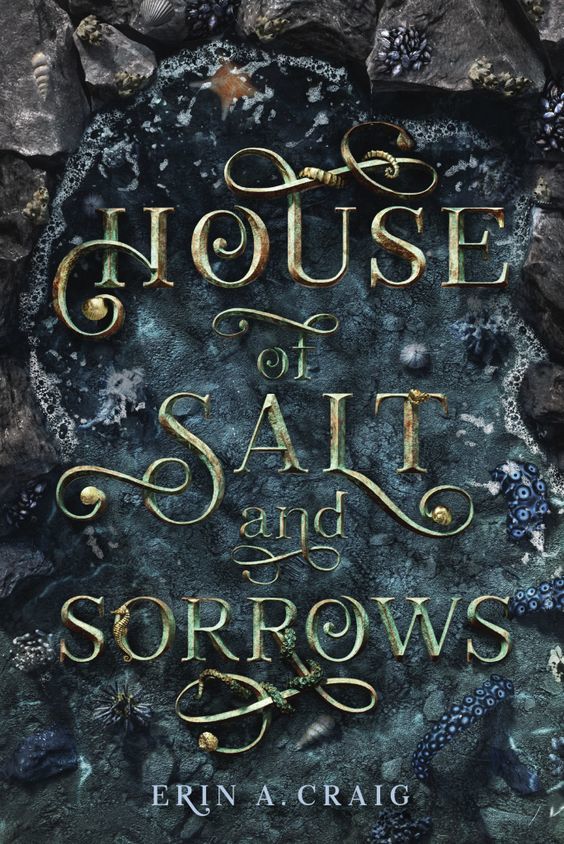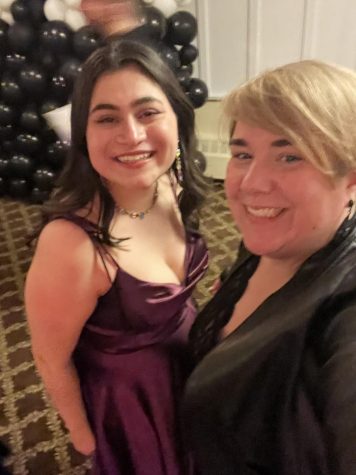I vividly remember the first time I bought my own makeup products at the young age of eight years old.
I had saved up my birthday money and proudly stepped foot into Sally’s Beauty Supply with one dream in mind: I would recreate the makeup of my Frankie Stein Monster High doll.
I bought glitters galore and a special lipstick that I had hoped would wash my lips a shade of ghoul-green. To my surprise, my lips did not turn green. They were simply pink.
Periodically, pH makeup sneaks its way back into the makeup world, influencers putting on their best surprised faces while they watch the product produce a predictable pink. As I watch the overplayed routine, my heart winces at the thought of the little girl who just wanted green lipstick.
First popularized in the modern world by the woman-owned brand Youthforia, pH-activated makeup has run its course throughout social media platforms. From blushes to lipsticks, the product usually takes on a clear exterior before changing color when met with the skin. The concept has been around since the 1930s, becoming particularly popular with Avon’s “Color Magic” lipsticks in 1974, and is now seen in brands such as Fenty Beauty, Tarte, and even Tom Ford.

pH makeup depends on the pH-level, or the acidity, of one’s skin. Brands promise that the color will shift and adapt to ensure that the shade perfectly compliments the user’s skin tone, but this process may not be as “magical” as advertised.
pH makeup uses bromo acid dyes (dyes that work similarly to the strips of color-changing paper in science classes when studying the acidity of liquids).
In the makeup industry, the same shades of red bromo acid dyes are typically used, explaining why most of the pH products result in similar shades. Further explaining this statement, everyone’s skin is within the same pH range, so the colors will not vary drastically.
So, do pH-activated makeup products change based on pH levels? Yes.
Do the products support the claim that they will adjust to the perfect shade depending on the applicant’s skin tone? Technically, no.
Consumers are not really paying for a fairy godmother’s enchanted blush, but rather a clear blush that is not actually clear.
I was furious when I first learned this beauty science, yet I felt validated.
My hatred for the pH makeup industry could finally be backed by research, not just childhood disappointment. Of course other green lipsticks existed, but as I giddily applied the lipstick that was meant to transform me into a fabulous monster, I felt my smile flip upside-down, my fiery excitement rip from my soul, and my heart shrink to the minuscule size of that of the Grinch. Except even the Grinch had the one thing I wanted most: green lips.


